Practical Applications in Business Aviation Management
James R. Cannon and
Franklin D. Richey
Published by Government Institutes
An imprint of The Scarecrow Press, Inc.
A wholly owned subsidiary of The Rowman & Littlefield Publishing Group, Inc.
Lanham, Toronto, Plymouth, UK
4501 Forbes Boulevard, Suite 200, Lanham, Maryland
20706
http://www.govinstpress.com/
Estover Road, Plymouth PL6 7PY, United Kingdom
Copyright 2012 by Government Institutes
All rights reserved. No part of this book may be reproduced in any form or by any electronic or mechanical means, including information storage and retrieval systems, without written permission from the publisher, except by a reviewer who may quote passages in a review.
The reader should not rely on this publication to address specific questions that apply to a particular set of facts. The author and the publisher make no representation or warranty, express or implied, as to the completeness, correctness, or utility of the information in this publication. In addition, the author and the publisher assume no liability of any kind whatsoever resulting from the use of or reliance upon the contents of this book.
British Library Cataloguing in Publication Information Available
Library of Congress Cataloging-in-Publication Data
Cannon, James R. Practical applications in business aviation management / James R. Cannon and Franklin D. Richey. p. cm. Includes index.
ISBN 978-1-60590-763-5 (cloth : alk. paper)
ISBN 978-1-60590-770-3 (pbk. : alk. paper) ISBN 978-1-60590-764-2 (electronic)
1. Local service airlines--Management. 2. AirlinesManagement. 3. AeronauticsFlightsManagement. 4. Business travelManagement. 5. Private flying. 6. Executives Transportation. I. Richey, Franklin D., 1938-II. Title.
HE9785.C36 2012
387.7'42dc23
2011038530
 The paper used in this publication meets the minimum requirements of American National Standard for Information SciencesPermanence of Paper for Printed Library Materials, ANSI/NISO Z39.48-1992.
The paper used in this publication meets the minimum requirements of American National Standard for Information SciencesPermanence of Paper for Printed Library Materials, ANSI/NISO Z39.48-1992.
Printed in the United States of America
To my wife, Lin Cannon, whose love, support and motivation has made our journey through life such a meaningful one.
To my wife, Manous Richey, whose understanding and support made my contribution to the writing of this book possible.
About the Authors
James R. Cannon is the director of the International Standard for Business Aircraft Operations (IS-BAO) Program, where he is responsible to the International Business Aviation Council for maintaining the IS-BAO Standard, audit process, and workshops. As a former naval aviator, Jim has extensive flight and managerial experience, accumulating over 14,200 flight hours, with type ratings in seven different business aircraft. His managerial experience includes 25 years of senior management experience in business aviation, with six years of service on the NBAA board of directors. He has authored over 50 articles in aviation management for international publications and served as an IS-BAO auditor. His educational credentials include a BS degree in industrial management from the University of Tennessee and an MBA from the University of Connecticut.
Dr. Franklin D. Richey is the associate dean for the College of Aviation at the Daytona Beach Campus of Embry-Riddle Aeronautical University, where he is responsible for assisting with the administration of 10 degree programs to over 2,400 students. These degree programs range from the associate of science to the PhD in aviation. Before joining Embry-Riddle in 1982, Dr. Richey completed a career as a naval aviator in the U.S. Marine Corps where he accumulated over 10,000 hours of flight time. Since joining Embry-Riddle, he has been active in encouraging young students to seek a career in business aviation. He presently serves as advisor to the "Official NBAA Student Group" and teaches a course in the PhD in aviation degree. His educational credentials include a BS in meteorology from the Naval Postgraduate School, an MBA from Pepperdine University, and a DBA from Nova Southeastern University.
Acknowledgments
This book was written by Dr. Frank Richey, Assistant Dean of Aviation at Embry-Riddle Aeronautical University and Jim Cannon, a retired business aviation manager. Jim and Frank met in January 2010 in Daytona Beach during the residency week of the first PhD in aviation cohort. Frank is a professor in the program and Jim was fortunate to be one of the eleven members of that first class.
Many friends and colleagues made contributions to this book through their insight, encouragement, and review of material. The authors would like to express their gratitude to Drew Callen, Bill McBride, Mike Lederer, Suzanne Dempsey, Dr. Joanna Cannon, Dr. Alan Stolzer, Dr. David Esser, Dr. Tim Brady, Susie Bencsik, Sean Glynn, Larry Fletcher, Alan King, Jay Evans, Bill Garvey, Amy Stalzer, Heidi Fedak, Abby Soley, and John Sheehan.
ForewordBusiness Aviation: A Proud Legacy, A Promising Future
By Ed Bolen, President and CEO,
National Business Aviation Association
Business aviation is one of America's most important yet least understood industries.
Contrary to popular misconception, the vast majority (85%) of the companies that operate business aircraft are small and medium-size enterprises. Fortune 500 companies fly only about 3% of U.S. business aircraft. In fact, operators include a broad cross-section of organizations, such as state governments, universities, and charitable organizations, as well as all types of businesses.
Many of the smaller U.S. businesses that rely on business aviation are located in the dozens of markets across the country where the airlines have reduced or eliminated service. Thus, business aviation provides an essential transportation linka lifelinebetween these smaller companies and communities and the rest of the world. While the organizations that rely on business aviation are varied, they all have one thing in common: the need for fast, flexible, safe, and secure access to destinations worldwide.
Most business aviation missions involve time-critical trips by sales, technical, and middle-management employees, not flights by top executives, who account for less than one quarter of all business aircraft trips. It's also worth noting that a jet is not the typical business airplane. While the business aviation fleet includes a variety of aircraftfrom light, single-engine airplanes to helicopters and long-range jetsthere are far more piston-powered aircraft registered in the United States than there are jets. And three quarters of all business aircraft operators fly only one aircraft, not a fleet of airplanes.
Why do companies use business aircraft? Business aviation helps them compete in an intensely competitive global marketplace by fostering efficiency and productivity. The business airplane is the closest thing to a flying office or conference room, so it can truly turn travel time into productive work time. Employees can prepare presentations or openly discuss proprietary information without fear of eavesdropping.
People who fly on business aircraft can be in more places in less time, often visiting three sites in one day, rather than one site in three days. And because many business aircraft are equipped with the latest communications technologies, passengers can stay connected to their associates on the ground.

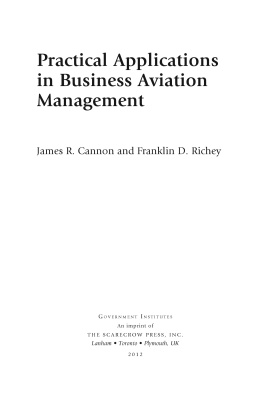
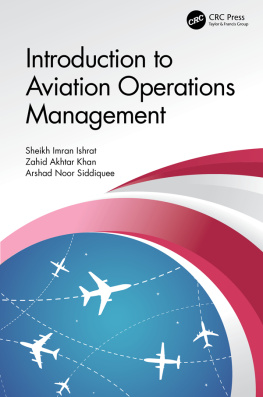
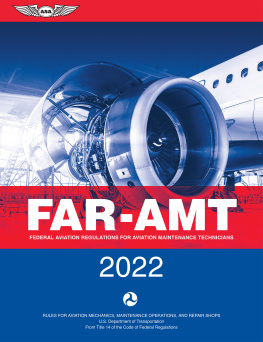

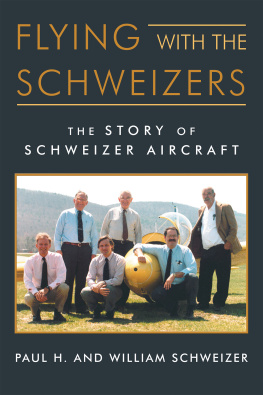
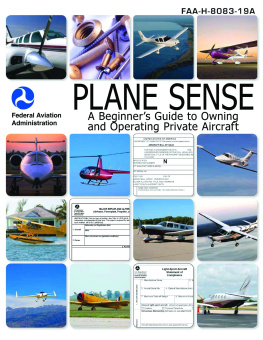
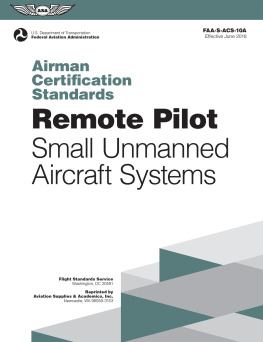

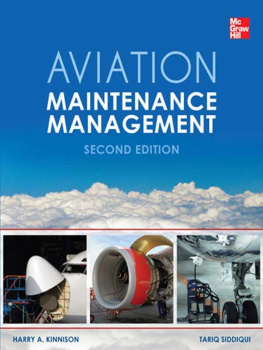


 The paper used in this publication meets the minimum requirements of American National Standard for Information SciencesPermanence of Paper for Printed Library Materials, ANSI/NISO Z39.48-1992.
The paper used in this publication meets the minimum requirements of American National Standard for Information SciencesPermanence of Paper for Printed Library Materials, ANSI/NISO Z39.48-1992.